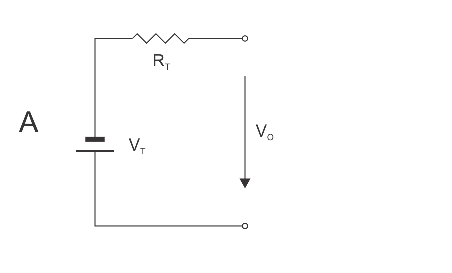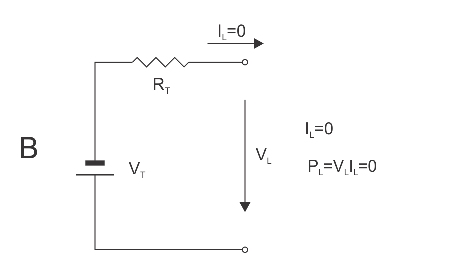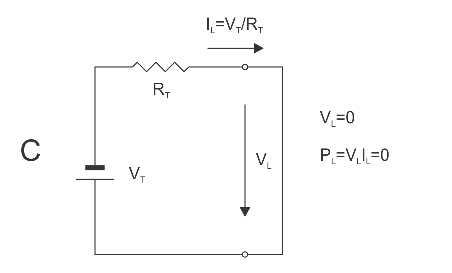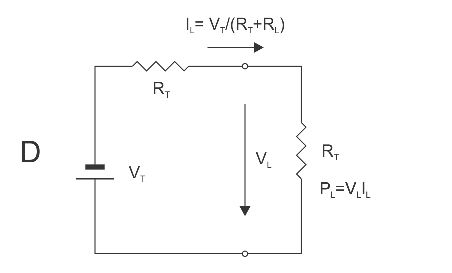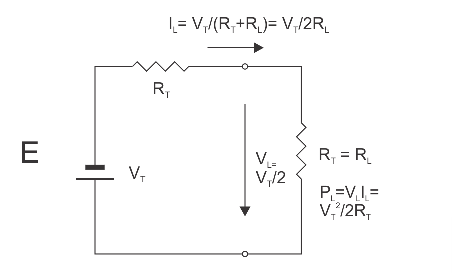Doug Kerr
Well-known member
A fascinating passage in Anis Aouni's narration in the video about the Saphonian wind machine is this:
He responds by saying that it does not involve rotation.
So there!
But we wonder, "So how does it nutate"?
Trying to transition from the design taught by the patent to what seems to be the current generation design, it seems is if it nutates because the fulcrum slide makes it notate.
So how does the wind get into the picture?
Well, fancifully, we might think that the wind makes it nutate after "we show it how" with the rotating fulcrum slide.
It is tempting to make the comparison with the class of induction motor that has zero torque at zero speed. We have to push it to start it running. (Many years ago some electrical clocks were driven by a synchronous form of such a motor. You had to start them by spinning a little knob on the back. If you wanted, as a joke, you could start them to run backward.)
Of course the electromechanical phenomenon by which they would develop torque at a non-zero speed is well understood. (It is the same phenomenon by which motors that start automatically in fact develop their real torque. I studied it in engineering school.)
So perhaps I am just missing the comparable phenomenon for a wind-driven nutating disk. After all, I didn't study wind-driven machines in engineering school. Perhaps the mechanical engineers did.
Perhaps once the wind-to-nutation phenomenon is "breathing on its own", the fulcrum slide could be withdrawn. Perhaps it is only needed at startup.
Best regards,
Doug
"People will obviously wonder: 'so how does it rotate?' ".
He responds by saying that it does not involve rotation.
So there!
But we wonder, "So how does it nutate"?
Trying to transition from the design taught by the patent to what seems to be the current generation design, it seems is if it nutates because the fulcrum slide makes it notate.
So how does the wind get into the picture?
Well, fancifully, we might think that the wind makes it nutate after "we show it how" with the rotating fulcrum slide.
It is tempting to make the comparison with the class of induction motor that has zero torque at zero speed. We have to push it to start it running. (Many years ago some electrical clocks were driven by a synchronous form of such a motor. You had to start them by spinning a little knob on the back. If you wanted, as a joke, you could start them to run backward.)
Of course the electromechanical phenomenon by which they would develop torque at a non-zero speed is well understood. (It is the same phenomenon by which motors that start automatically in fact develop their real torque. I studied it in engineering school.)
So perhaps I am just missing the comparable phenomenon for a wind-driven nutating disk. After all, I didn't study wind-driven machines in engineering school. Perhaps the mechanical engineers did.
Perhaps once the wind-to-nutation phenomenon is "breathing on its own", the fulcrum slide could be withdrawn. Perhaps it is only needed at startup.
Best regards,
Doug

